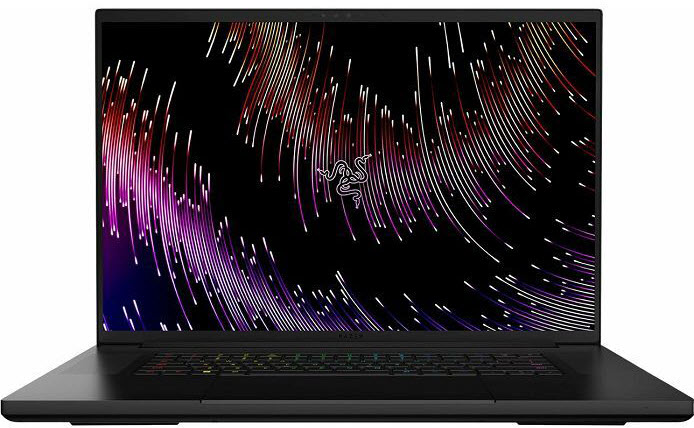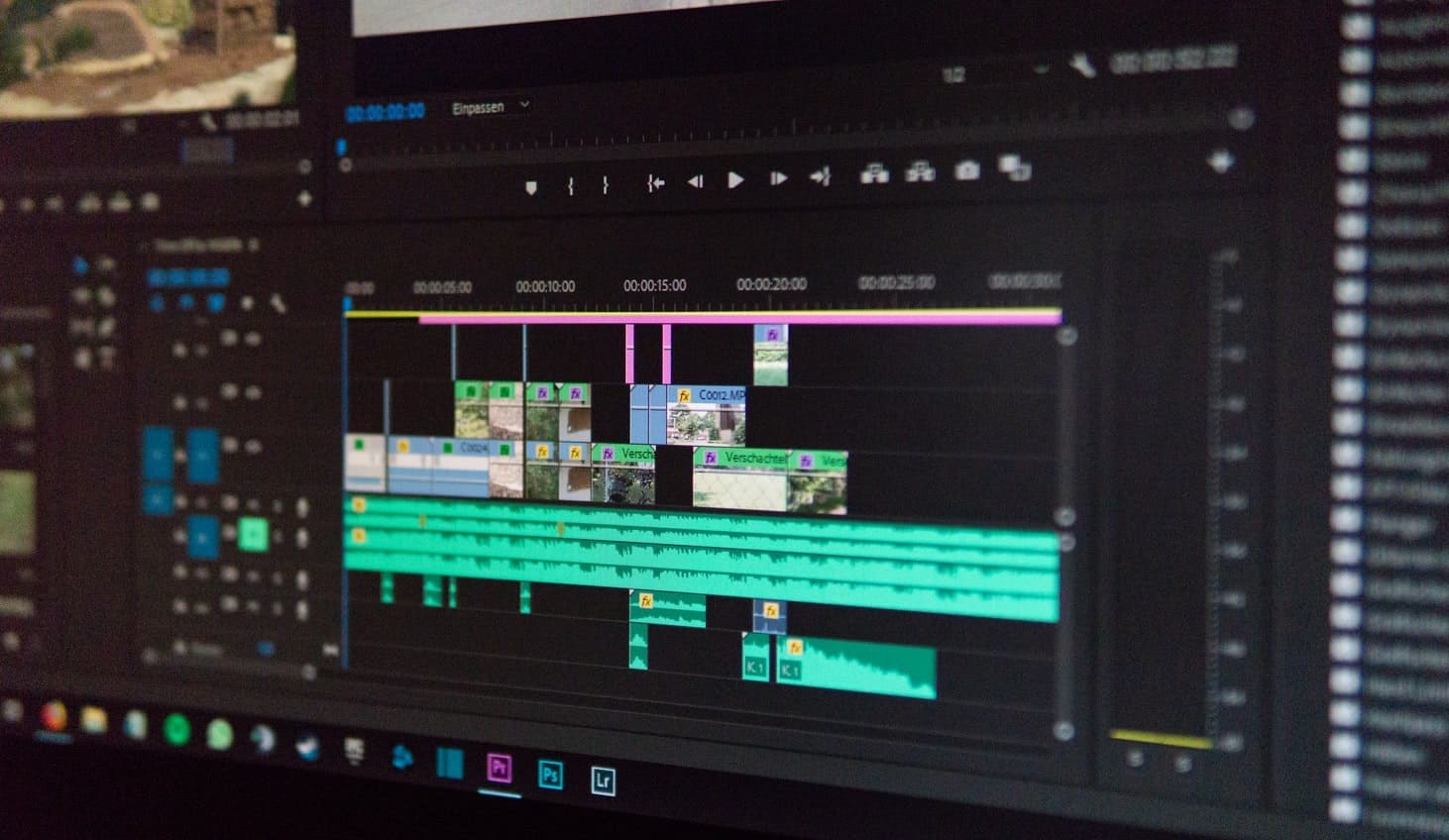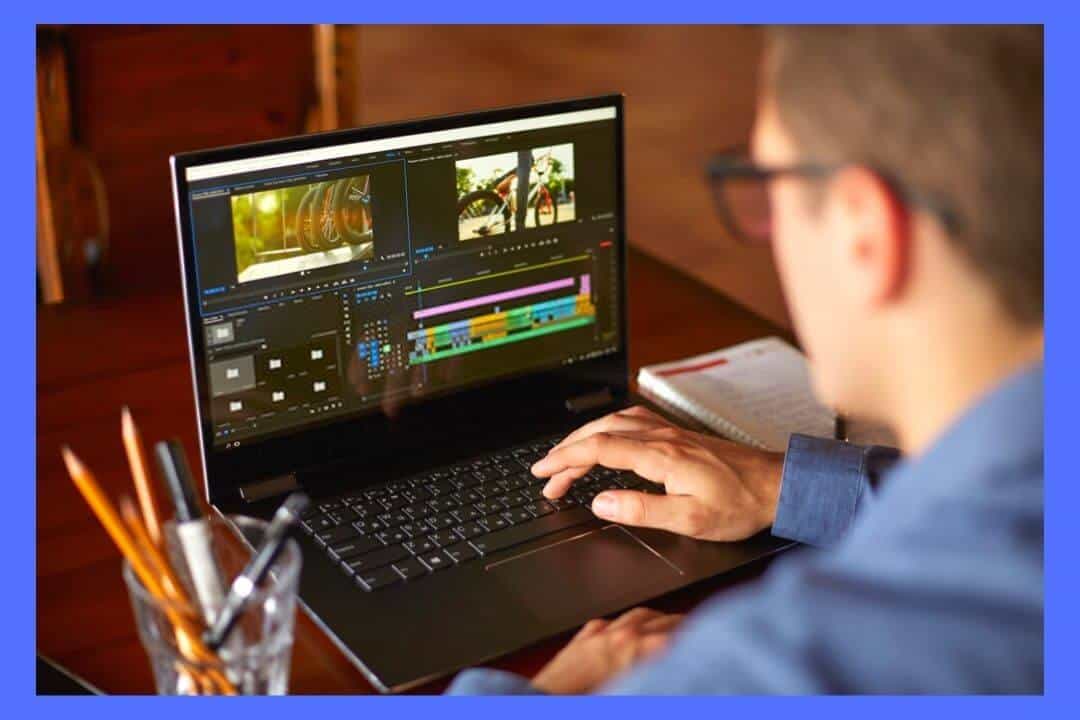Cheap 4k Video Editing Laptop

Are you a budding filmmaker, content creator, or video editing enthusiast on a tight budget? The dream of editing stunning 4K footage doesn't have to break the bank.
This review guide cuts through the marketing noise to help value-conscious shoppers find a cheap 4K video editing laptop that delivers performance without emptying your wallet.
We'll explore key specifications, performance benchmarks, and practical considerations to empower you to make an informed decision.
Why a Budget-Friendly 4K Editing Laptop Matters
4K video editing demands significant processing power, ample RAM, and a fast storage solution. Traditionally, this meant investing in high-end, expensive machines.
However, advancements in technology have made it possible to find capable laptops at more accessible price points. These laptops empower creators to work on high-resolution projects without compromising quality or efficiency.
Shortlist of Recommended Laptops
Entry-Level (Under $800)
For users primarily editing shorter videos or working with proxies, these options provide a solid foundation:
- Acer Aspire 5: A balanced option with a decent processor and upgradable RAM.
- Lenovo IdeaPad Flex 5: A versatile 2-in-1 with a touch screen, suitable for basic editing and creative tasks.
Mid-Range ($800 - $1200)
These laptops offer a noticeable performance boost, ideal for longer videos and more demanding editing tasks:
- HP Pavilion Aero 13: A lightweight and powerful option with a great display.
- ASUS Vivobook Pro 15 OLED: Boasts a stunning OLED display for accurate color grading.
Performance-Oriented (Above $1200)
For professionals or users dealing with complex projects and large file sizes, these laptops offer the best performance-per-dollar:
- Apple MacBook Air (M1 or M2): Known for its exceptional performance and battery life.
- Lenovo Legion 5: A gaming laptop that doubles as a powerful editing machine.
Detailed Reviews
Acer Aspire 5
The Acer Aspire 5 is a reliable entry-level option for 4K video editing on a budget. It typically features an AMD Ryzen 5 or Intel Core i5 processor, 8GB of RAM (often upgradable), and a solid-state drive (SSD).
While it might struggle with extremely demanding timelines, it's suitable for editing shorter videos or using proxy files. The display is generally decent, but color accuracy may not be ideal for professional color grading.
ASUS Vivobook Pro 15 OLED
The ASUS Vivobook Pro 15 OLED stands out with its vibrant OLED display, making it a strong contender for color-critical work. It usually packs an AMD Ryzen 7 or Intel Core i7 processor, 16GB of RAM, and a fast SSD.
This combination allows for smoother 4K editing and faster rendering times. The OLED display provides excellent contrast and color accuracy, crucial for achieving professional-looking results.
Apple MacBook Air (M1 or M2)
The Apple MacBook Air (M1 or M2) has revolutionized budget-friendly video editing with its impressive performance and battery life. The M1 or M2 chip delivers exceptional processing power, allowing for seamless 4K editing even with complex timelines.
Its unified memory architecture further enhances performance. While it may require adapting to macOS, the overall editing experience is smooth and efficient.
Side-by-Side Specs Table
| Laptop Model | Processor | RAM (Min/Max) | Storage | Display | Approximate Price | Performance Score (Out of 10) |
|---|---|---|---|---|---|---|
| Acer Aspire 5 | AMD Ryzen 5 / Intel Core i5 | 8GB / 32GB | 256GB SSD | 15.6" FHD IPS | $600 - $800 | 6 |
| ASUS Vivobook Pro 15 OLED | AMD Ryzen 7 / Intel Core i7 | 16GB / 32GB | 512GB SSD | 15.6" OLED | $900 - $1200 | 8 |
| Apple MacBook Air (M1) | Apple M1 | 8GB / 16GB | 256GB SSD | 13.3" Retina | $900 - $1100 | 9 |
Note: Performance scores are based on general 4K video editing tasks and are relative to other laptops in this price range.
Practical Considerations
Beyond raw specifications, several practical factors influence your choice. RAM is crucial; 16GB is generally recommended for comfortable 4K editing, and 32GB is preferable for larger projects.
A fast SSD significantly impacts loading times and responsiveness. Look for at least 256GB, but 512GB or 1TB is ideal for storing footage.
Display quality is also important, especially for color grading. Consider laptops with high color accuracy and wide color gamut coverage.
Pay attention to port selection, ensuring you have sufficient USB ports, an HDMI output, and potentially a Thunderbolt/USB-C port for external drives.
Finally, consider the laptop's weight and battery life if you plan to edit on the go.
Key Takeaways
Finding a cheap 4K video editing laptop is possible with careful research and consideration of your specific needs. Don't be swayed by marketing hype.
Focus on the core components like processor, RAM, and storage. Prioritize a good display if color accuracy is critical.
Think about portability, battery life, and your software preferences. Understanding your workflow ensures you invest in the right tool for the job.
Make an Informed Decision
Use the information in this guide to evaluate your specific needs and compare available options. Read user reviews and watch benchmark videos to get a better understanding of real-world performance.
By carefully considering the factors outlined above, you can confidently choose a budget-friendly 4K video editing laptop that empowers you to bring your creative visions to life.
Ready to start editing? Click here to explore the latest deals on recommended laptops and begin your video editing journey!
Frequently Asked Questions (FAQ)
Q: Can I really edit 4K video on a cheap laptop?
A: Yes, but expectations should be managed. Entry-level laptops may require using proxy files or working with shorter timelines.
Q: How much RAM do I need for 4K video editing?
A: 16GB is generally recommended, but 32GB is ideal for larger projects and smoother performance.
Q: Is an SSD necessary for video editing?
A: Yes, an SSD is crucial for fast loading times, responsive editing, and overall performance. Avoid laptops with only traditional hard drives (HDDs).
Q: What is a proxy file?
A: A proxy file is a lower-resolution version of your original footage, which can be used for editing to improve performance on less powerful machines. The final output is still rendered using the original 4K files.
Q: Do I need a dedicated graphics card for 4K video editing?
A: While a dedicated graphics card can improve performance, especially with effects and rendering, it's not always essential for basic 4K editing. The integrated graphics in modern CPUs can often handle the workload adequately.



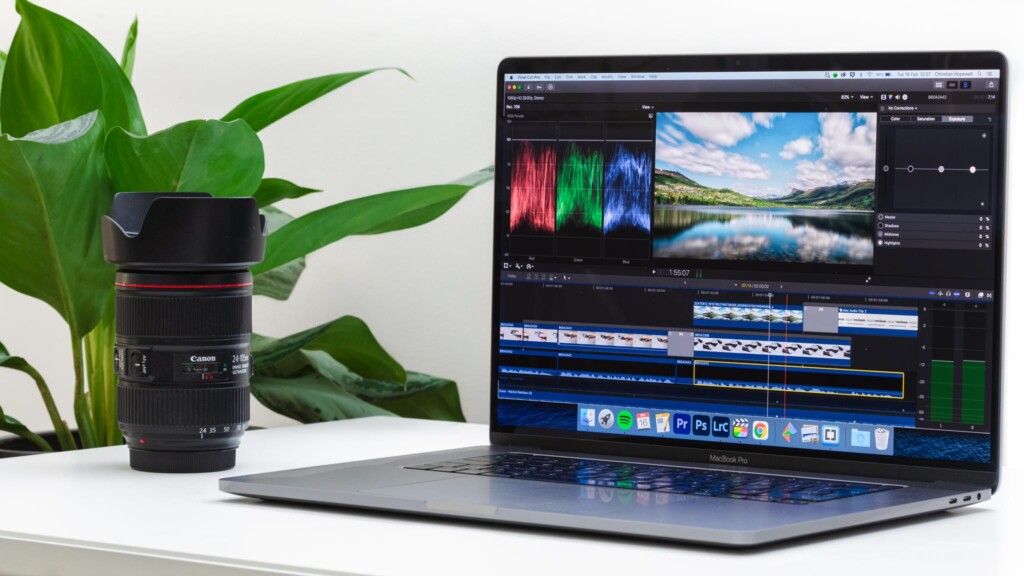
.webp)
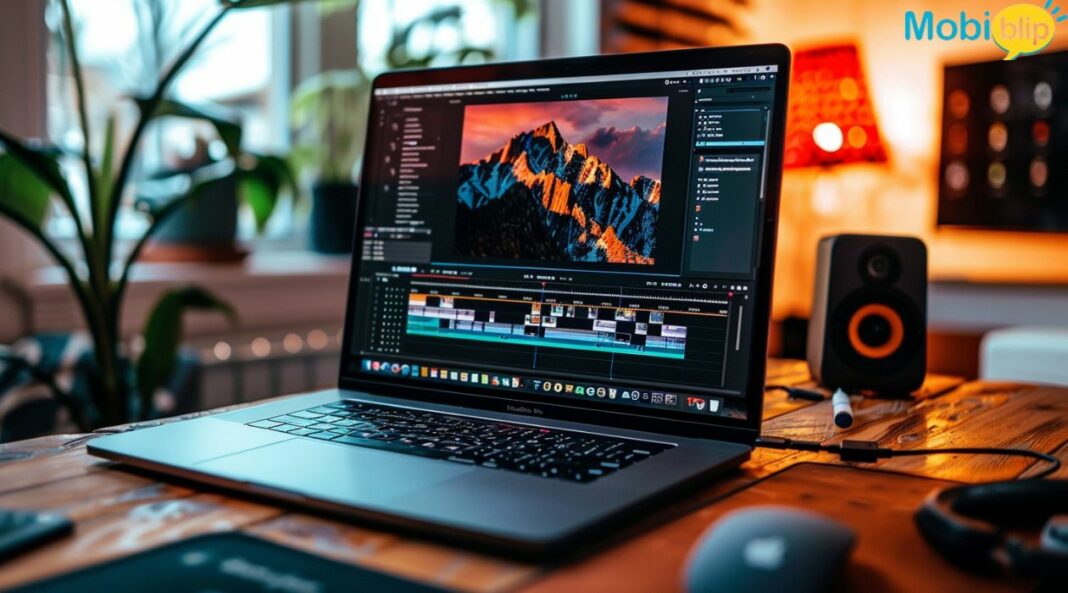

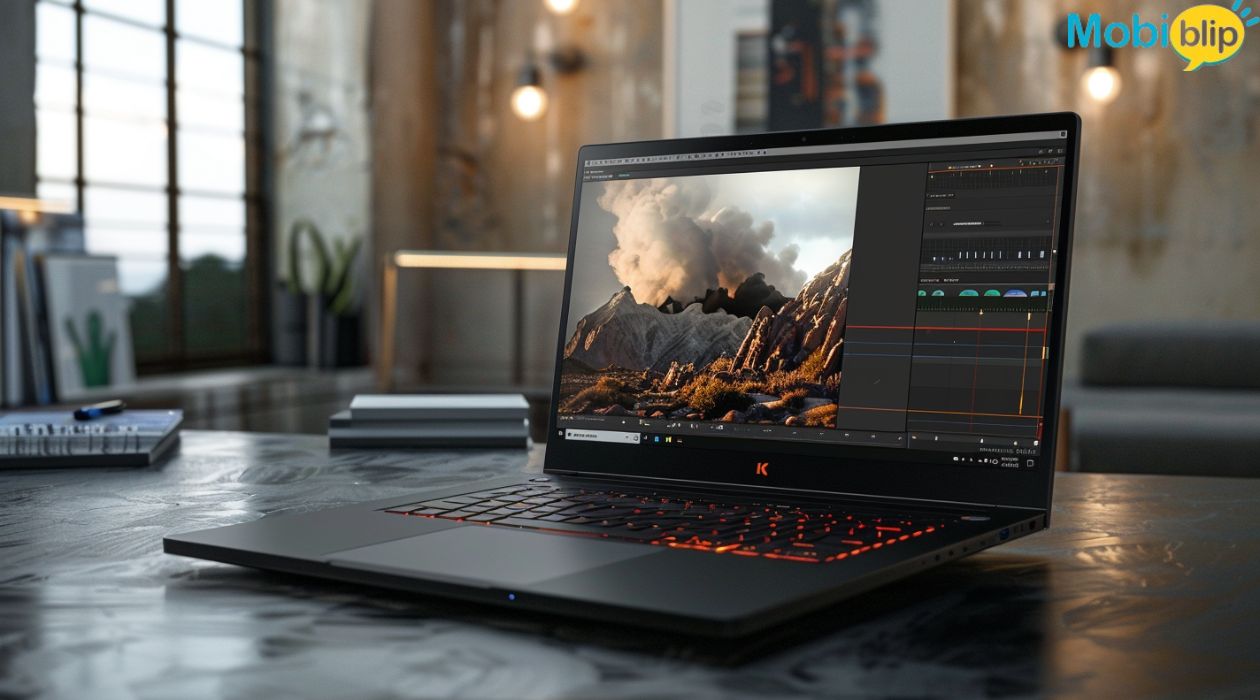
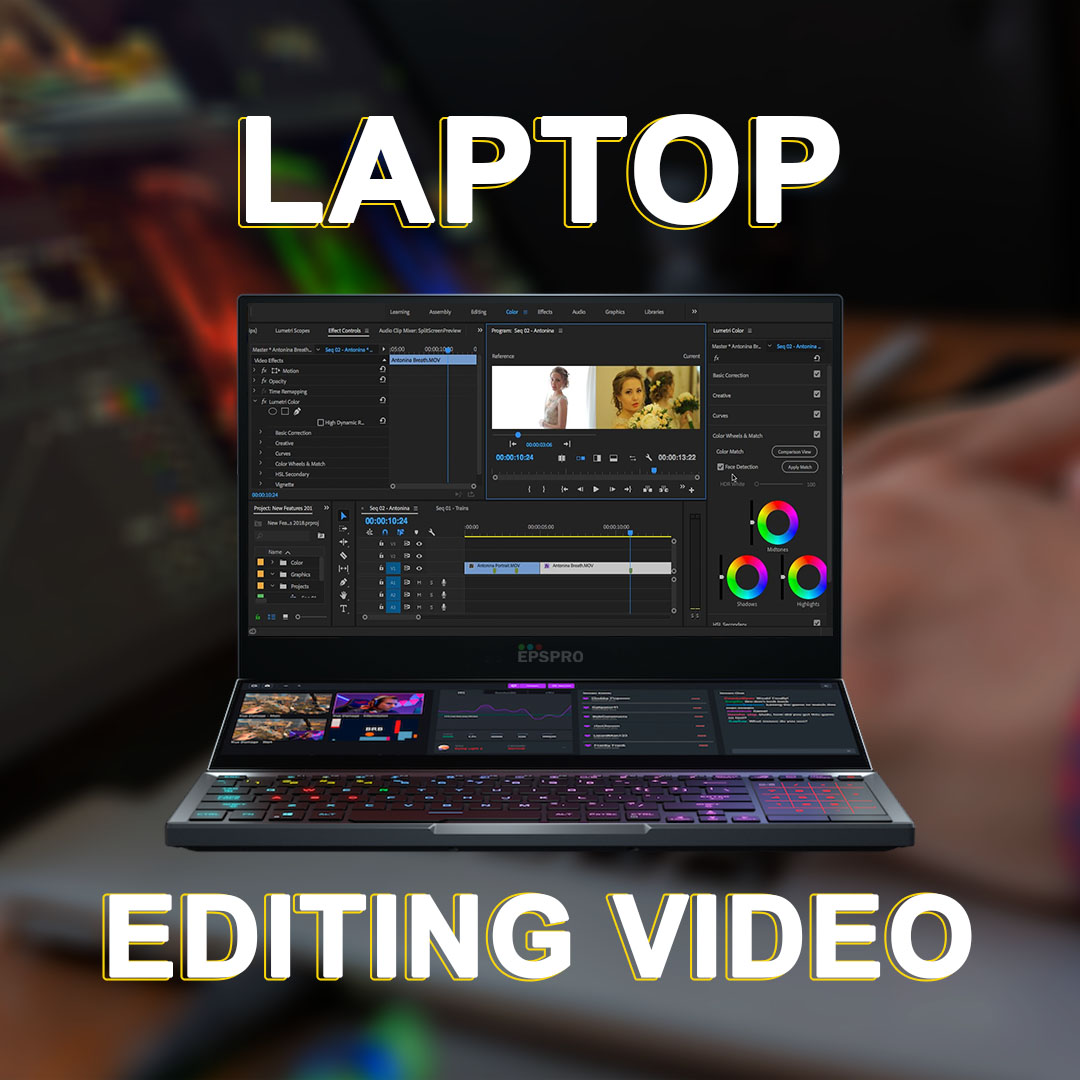


:format(webp)/cdn.vox-cdn.com/uploads/chorus_asset/file/24580362/ss.png)
![Cheap 4k Video Editing Laptop 14 Best Budget Laptops for Video Editing in 2022 [Top Pick] - PCVenus](https://m.media-amazon.com/images/I/818siMH7X6S._AC_SL1500_.jpg)
